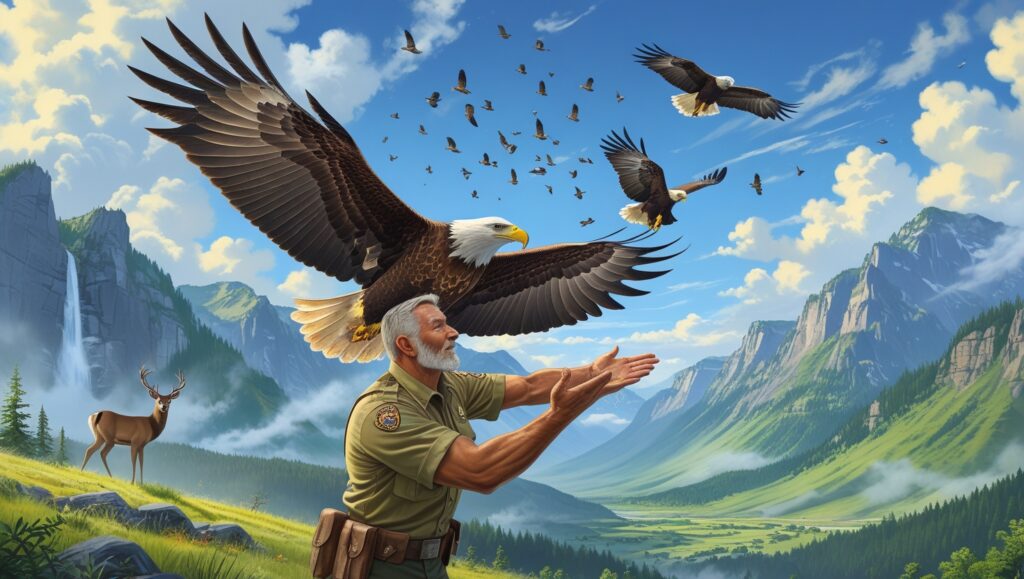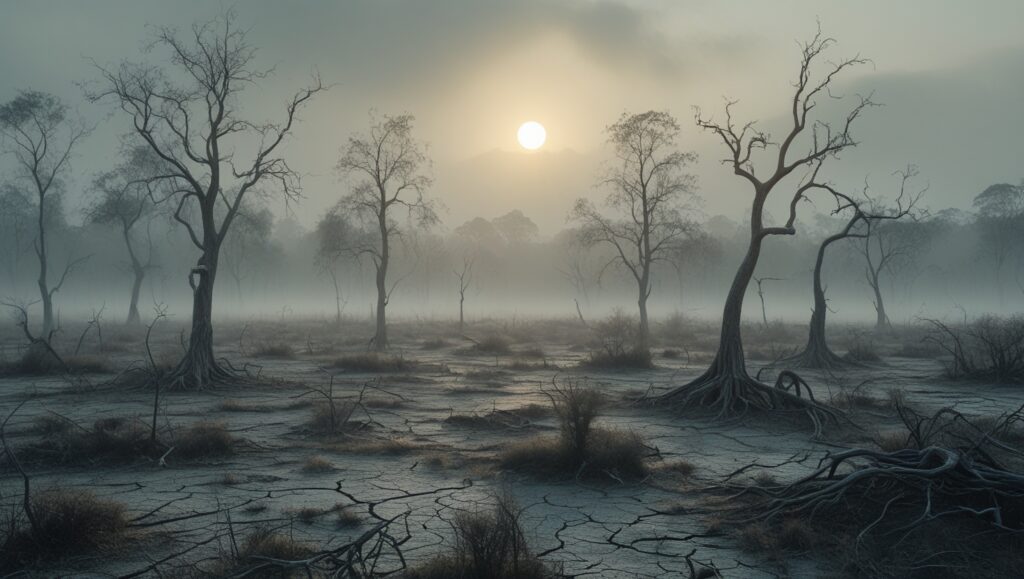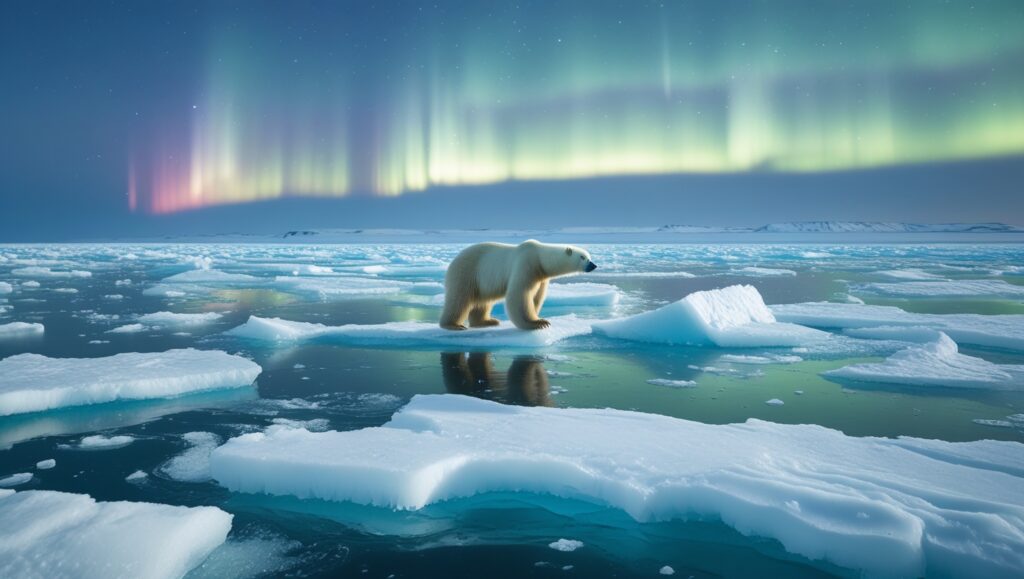Imagine a world without lions, wolves, or sharks. It might sound peaceful, but it would actually be chaotic. These top-of-the-food-chain animals, known as apex predators, play a critical role in keeping ecosystems healthy and balanced. But how do they do it? And why should we care? Let’s dive into the wild world of apex predators and uncover their fascinating secrets.
What Are Apex Predators?
Apex predators are animals that have no natural predators. They’re at the very top of the food chain and help control the populations of other species in their habitat. Examples include tigers, orcas, eagles, and even some large reptiles like crocodiles. These animals are nature’s way of maintaining order in the wild.
How Apex Predators Balance Ecosystems

Apex predators keep ecosystems balanced in several ways:
- Controlling Prey Populations
- Without predators, prey species like deer, rabbits, or fish could multiply too quickly. This would lead to overgrazing or overconsumption of plants, which harms the environment.
- Encouraging Healthy Prey
- Predators often target the weak, sick, or old animals in a population. This keeps prey species healthier overall and prevents the spread of diseases.
- Shaping Habitats
- Apex predators can indirectly shape their environment. For instance, when wolves were reintroduced to Yellowstone National Park, they reduced elk numbers, allowing trees and shrubs to recover. This, in turn, provided habitats for birds and other animals.
Fun Fact: When wolves returned to Yellowstone, they not only changed the behavior of elk but also influenced the flow of rivers. How? Fewer elk meant less trampling near riverbanks, which allowed vegetation to grow and stabilize the soil.
Apex Predators and the Trophic Cascade
Have you ever heard of a “trophic cascade”? It’s a fancy way of describing how apex predators’ actions ripple through an ecosystem. Here’s an example:
- Sharks keep mid-level predators, like groupers, in check.
- With fewer groupers, smaller fish like parrotfish thrive.
- Parrotfish eat algae off coral reefs, keeping the reefs healthy and vibrant.
When apex predators are removed, this cascade breaks, often leading to an unhealthy ecosystem. It’s like pulling out the top card in a house of cards—everything collapses.
Fun Fact: Did you know cheetahs can sprint up to 60 miles per hour to catch their prey? Meanwhile, orcas use teamwork, creating waves to knock seals off ice floes. These strategies show just how adaptable and intelligent predators can be.
Challenges Apex Predators Face
Despite their power, apex predators are vulnerable. Many are endangered due to habitat loss, hunting, and climate change. For example:
- Tigers have lost over 90% of their historical range.
- Sharks are often killed for their fins, leading to population declines.
- Polar bears struggle as melting sea ice reduces their hunting grounds.
When these predators disappear, ecosystems suffer. Prey populations can spiral out of control, leading to overgrazing, loss of biodiversity, and even climate impacts.
Why Protecting Apex Predators Matters

Protecting apex predators isn’t just about saving animals; it’s about saving ecosystems. These animals support biodiversity, which helps provide clean air, water, and food for all living things—including humans!
Conservation efforts, like protected areas, anti-poaching laws, and community education, are essential. For instance, marine reserves help shark populations recover, while rewilding projects, like the Yellowstone wolf reintroduction, show the power of bringing predators back.
Fun Fact: In Florida, alligators help control invasive Burmese pythons, which threaten local wildlife. Without these gators, the python problem could grow even worse.
How You Can Help
You don’t need to be a wildlife expert to make a difference. Here are simple ways to help apex predators:
- Support Conservation Groups: Organizations like WWF and local wildlife trusts work hard to protect these animals.
- Educate Yourself and Others: Learning about apex predators and sharing their importance can inspire action.
- Make Sustainable Choices: Reduce your carbon footprint and avoid products linked to habitat destruction, like unsustainable palm oil.
- Advocate for Wildlife Laws: Speak up for policies that protect endangered species and their habitats.
Fun Fact: Leopards can thrive in deserts, forests, and even near cities. Their ability to adapt makes them one of the most resilient apex predators.
A World With Apex Predators

Imagine a world where apex predators thrive. Forests would be lush, oceans teeming with life, and rivers flowing strong. Protecting these magnificent creatures ensures that future generations can enjoy a healthy, vibrant planet. So, next time you hear a wolf howl or see a shark’s fin, remember—they’re not just predators; they’re guardians of the wild.
Nature needs its kings and queens, and we need them too.



